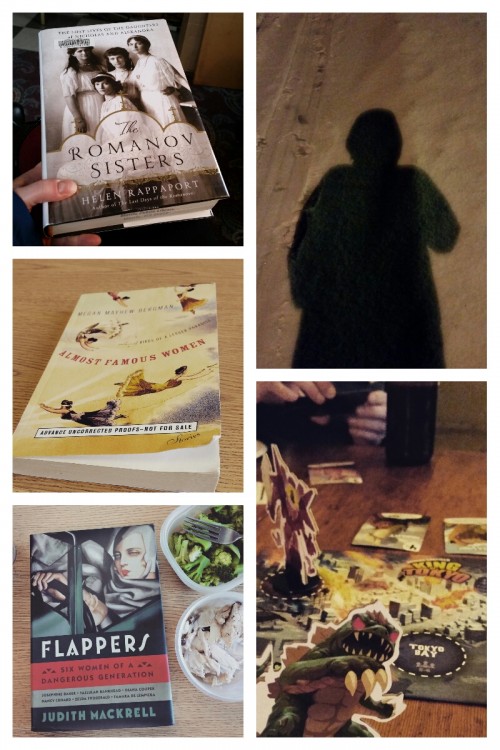Is there anything better than book mail? I live in a small town without a dedicated bookstore – we have a university bookstore and a small books section in a games story – so getting book mail is how I get most of my new books. Except for this weekend, since I’m in the Twin Cities this weekend for a work conference – I’m hoping to sneak in some time at Half Price Books!
This month in my mailbox has been a little slow, mostly because I’ve been really judicious about both impulse book purchases and accepting review copies in January. Even though I don’t have a ton of books to report, all of them are fun titles.
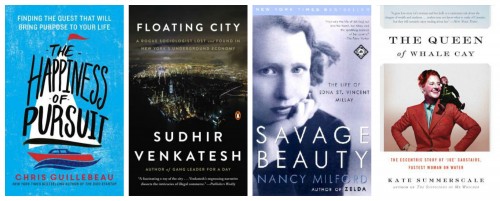
Books I Bought
The Happiness of Pursuit by Chris Guillebeau – I listened to an interview with the author on this podcast, which made me think this would be a book relevant to some of the things I’m thinking about with my One Little Word this year.
Floating City by Sudhir Venkatesh – I loved his first book, Gang Leader for a Day, and meant to pick up this book a lot sooner. Somehow it found its way into my online cart!
Savage Beauty by Nancy Milford – Norma Millay, Edna St. Vincent Millay’s sister, was the subject of one of the short stories in Almost Famous Women, which made me curious about this whole family.
The Queen of Whale Cay by Kate Summerscale – This is another one I grabbed because of Almost Famous Women. I’m on a kick with books about feisty women.
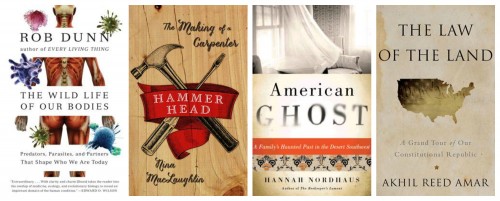
Books I Was Sent for Review Consideration
The Wild Lives of Our Bodies by Rob Dunn (Dec. 23 from Harper Perennial) – I think this book came before Christmas, but I’m just thinking about writing on it now. It’s a look at how our bodies are connected to other species and how those relationships help us thrive.
Hammer Head by Nina MacLaughlin (March 16 from W.W. Norton) – A friend was raving about this memoir, the story of a woman who quit her desk job to become a carpenter, so I asked for a copy.
American Ghost by Hannah Nordhaus (March 10 from Harper) – I like the description of this one: a journalist “attempts to uncover the truth about her great-great-grandmother, Julia – whose ghost is said to haunt and elegant hotel in Santa Fe – in this spellbinding exploration of myth, family history, and the American West.” Ghosts!
The Law of the Land by Akhil Reed Amar (April 14 from Basic Books) – I do love some contemporary politics: “renowned legal scholar Akhil Reed Amar illustrates how geography, federalism, and regionalism have influenced some of the biggest questions in American constitutional law.”
What books landed in your mailbox this month?

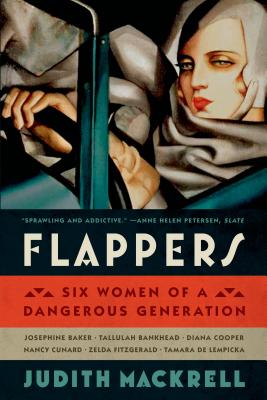 The six women featured in Judith Mackrell’s
The six women featured in Judith Mackrell’s 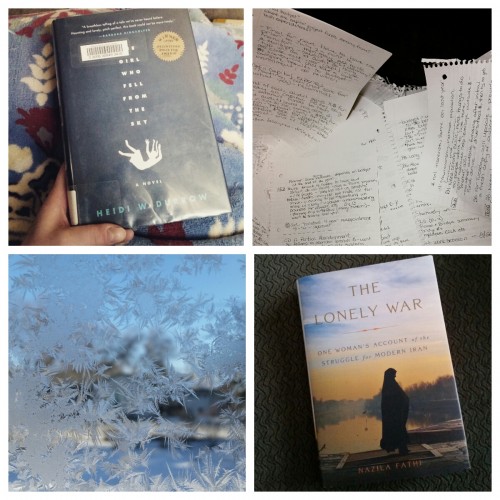
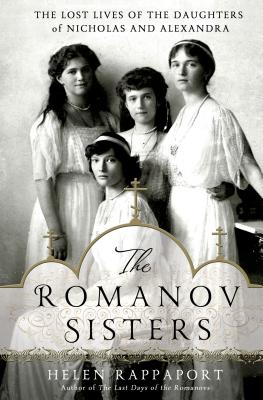 In 1895, Tsar Nicholas Romanov II and his wife, Tsarita Alexandra, welcomed their first child into the world. Although the Tsar and Tsarita were thrilled with their daughter, Olga, much of the Russian populace was concerned because, of course, the dynasty needed a son. When the Tsarita gave birth to three more daughters — Tatiana in 1897, Maria in 1899 and Anastasia in 1901 — public gossip about her standing as Empress began to swirl.
In 1895, Tsar Nicholas Romanov II and his wife, Tsarita Alexandra, welcomed their first child into the world. Although the Tsar and Tsarita were thrilled with their daughter, Olga, much of the Russian populace was concerned because, of course, the dynasty needed a son. When the Tsarita gave birth to three more daughters — Tatiana in 1897, Maria in 1899 and Anastasia in 1901 — public gossip about her standing as Empress began to swirl.